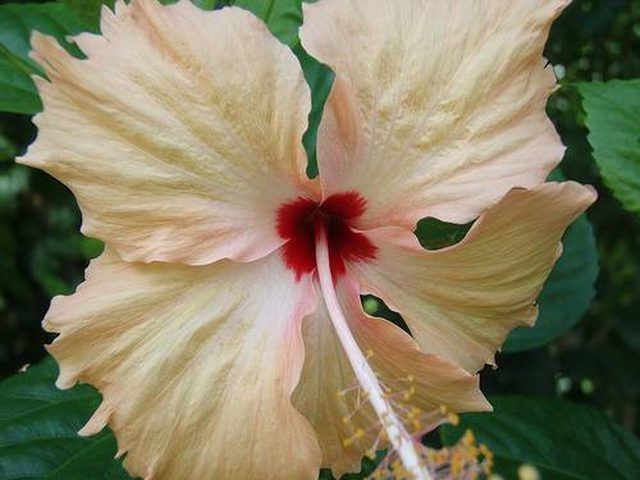Bulbs
Flower Basics
Flower Beds & Specialty Gardens
Flower Garden
Garden Furniture
Garden Gnomes
Garden Seeds
Garden Sheds
Garden Statues
Garden Tools & Supplies
Gardening Basics
Green & Organic
Groundcovers & Vines
Growing Annuals
Growing Basil
Growing Beans
Growing Berries
Growing Blueberries
Growing Cactus
Growing Corn
Growing Cotton
Growing Edibles
Growing Flowers
Growing Garlic
Growing Grapes
Growing Grass
Growing Herbs
Growing Jasmine
Growing Mint
Growing Mushrooms
Orchids
Growing Peanuts
Growing Perennials
Growing Plants
Growing Rosemary
Growing Roses
Growing Strawberries
Growing Sunflowers
Growing Thyme
Growing Tomatoes
Growing Tulips
Growing Vegetables
Herb Basics
Herb Garden
Indoor Growing
Landscaping Basics
Landscaping Patios
Landscaping Plants
Landscaping Shrubs
Landscaping Trees
Landscaping Walks & Pathways
Lawn Basics
Lawn Maintenance
Lawn Mowers
Lawn Ornaments
Lawn Planting
Lawn Tools
Outdoor Growing
Overall Landscape Planning
Pests, Weeds & Problems
Plant Basics
Rock Garden
Rose Garden
Shrubs
Soil
Specialty Gardens
Trees
Vegetable Garden
Yard Maintenance
Types of Hibiscus Plants
Types of Hibiscus Plants. With its variety in color and bloom sizes, the hibiscus plant is an affordable choice for gardens all over the US and Europe. Bred for over two hundred years, the hibiscus can fill almost every garden need including size and soil considerations. A beautiful bloomer, this sun lover is easy care with summer long color.
With its variety in color and bloom sizes, the hibiscus plant is an affordable choice for gardens all over the US and Europe. Bred for over two hundred years, the hibiscus can fill almost every garden need including size and soil considerations. A beautiful bloomer, this sun lover is easy care with summer long color.
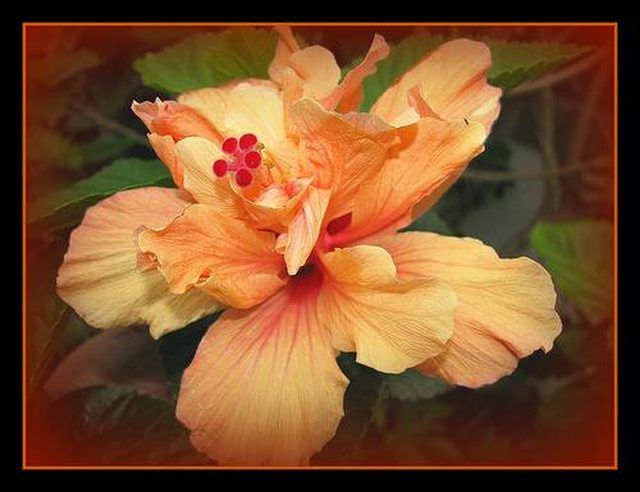
Originating in southern China, the hibiscus travelled throughout the south pacific and into Hawaii. Its popularity as a blooming plant made it a welcomed immigrant in Europe in the 1700's after the Chinese had bred various colors. The hibiscus was introduced to America in 1842 at a flower show in Philadelphia.
Originally a popular catalog order, the flower made its way across the states and eventually Hibiscus groups and societies were formed furthering the variety of bloom colors and overall plant sizes.
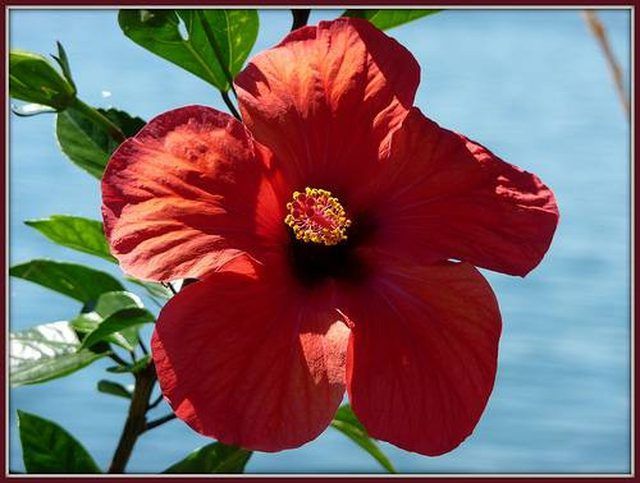
The hibiscus plant is a star when it comes to decorating patios and porches everywhere. Nice green foliage highlighted with large colored blooms, this sun lover has flowers all season long and provides both height and color to a garden grouping.
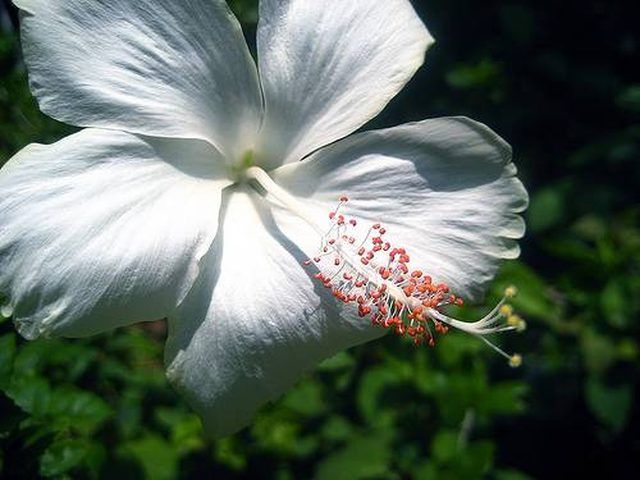
There are over two hundred different types of Hibiscus plants available with various flower colors, cone sizes and foliage. Here are just a few basic types to think about.
There are over seven different types of Hibiscus native to Hawaii, and the Chinese Hibiscus is the most common of these. The blooms are used for leis, and are treasured for their ornamental appeal. Known to locals as the Pua Aloalo, the Chinese Hibiscus is the state flower.
There are a large assortment of colored-bloom hibiscus including the Molten Lava type which has a varied bloom color, the pink hibiscus which includes the Soft Shoulders and Blue Angel type and the yellow hibiscus which includes the Irish Eyes and the Yellow Submarine styles.
The rarest type of hibiscus is the hibiscus arnottianus immaculatus which is prized for its large white flowers. Grown only in the mountain regions of Western Oahu, it's believed that there are less than ten wild Immaculatus plants still thriving.
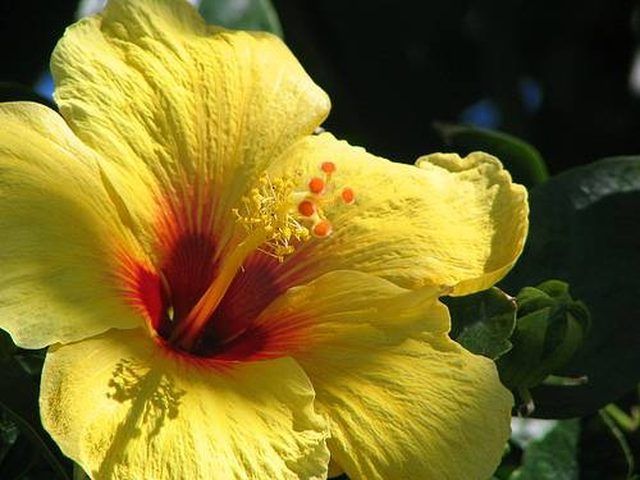
Originating in tropical climates, the hibiscus can be grown in the ground year round in climates where there is little to no frost. In zones 6 and 7 plants can be left outside for the summer and covered or brought indoors for the winter. In zones 5 and further north, plants must be potted and wintered indoors.
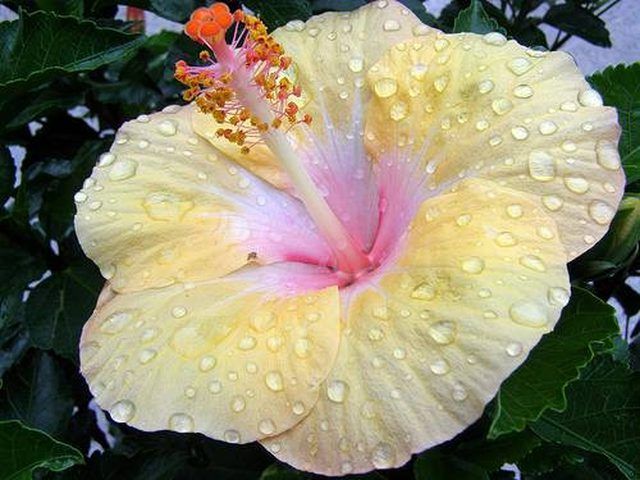
The hibiscus plant can range from a large shrub to a small container plant and blooms can be two inches to one foot in size. Shrubs can be 15 feet tall and these larger varieties can be trained into "trees." The average patio variety is about 4 feet tall when potted.
